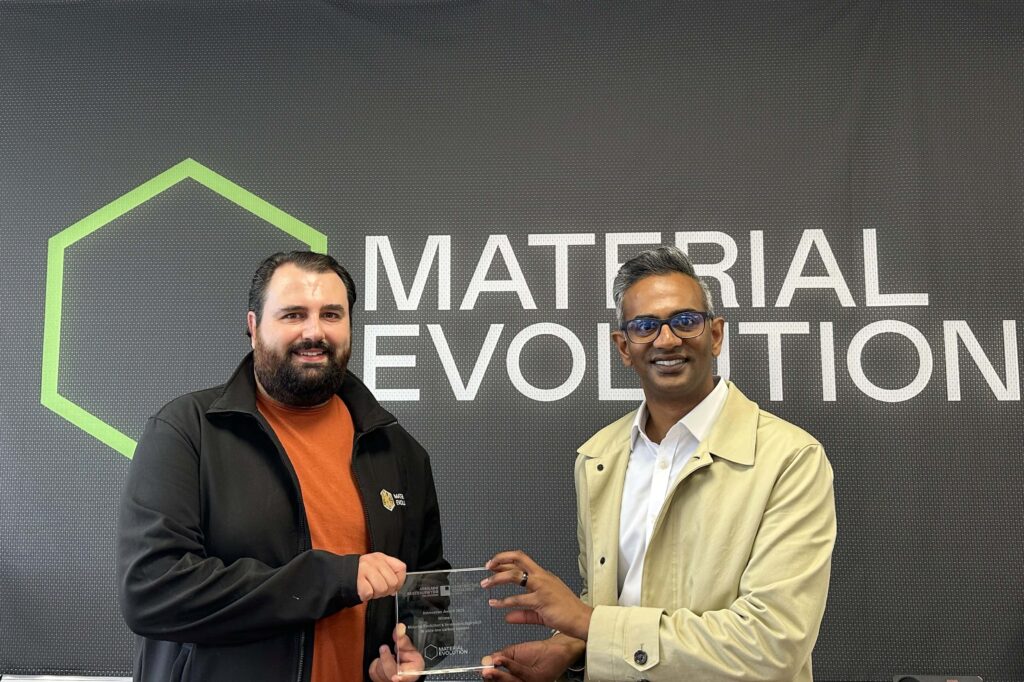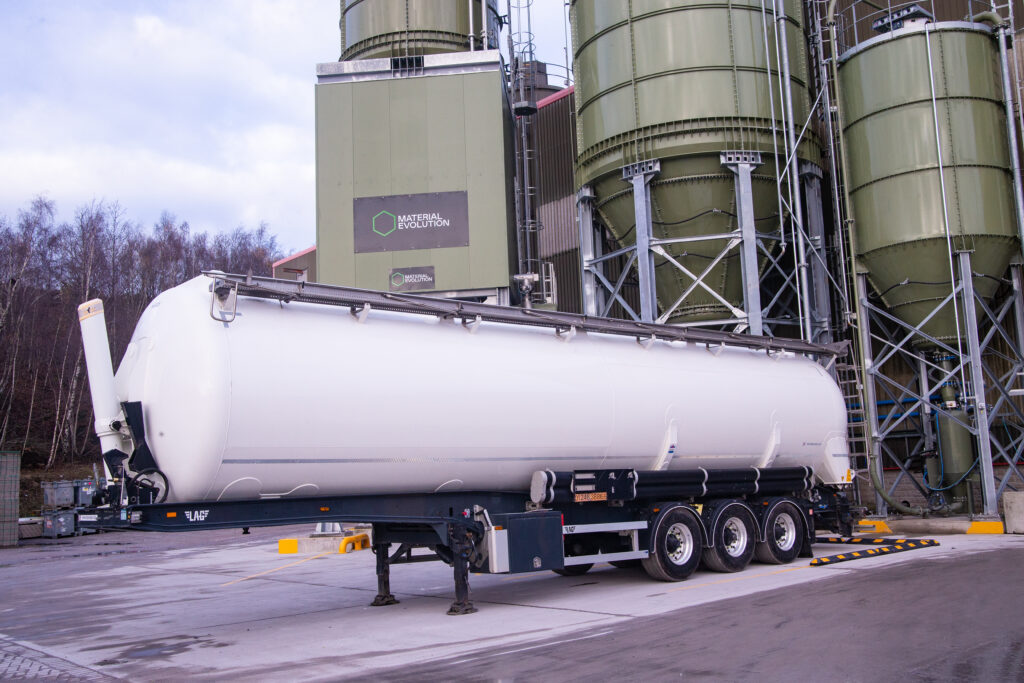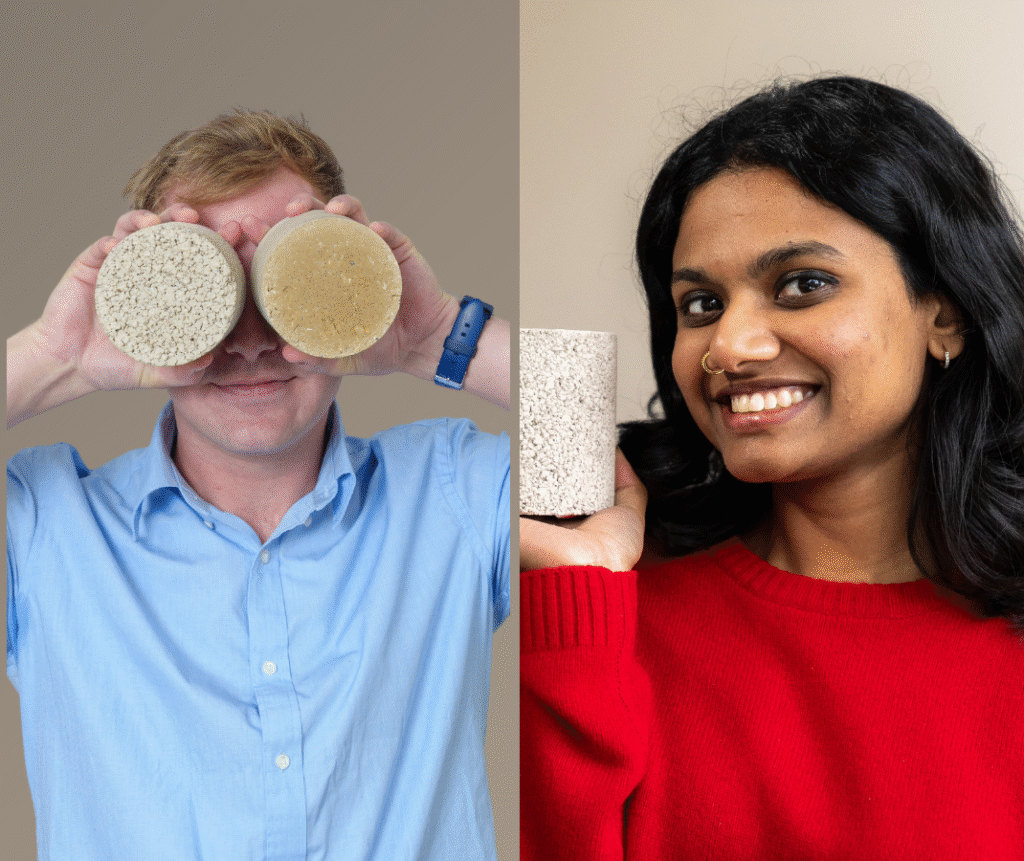Sustainability
Our green
credentials


Cement, redefined
Join us as we build on cement’s 5000-year history, pushing the boundaries of innoation to meet the demands of the 21st century and beyond.
Our approach
How we’re meeting the sustainability challenge
The challenge
The world is growing fast, and the push for bigger cities and more infrastructure is stronger than ever. Yet, while construction demand soars, the materials we use haven’t kept up. Traditional concrete, a cornerstone of modern society, is not only energy-intensive but also a major source of CO2 emissions—accounting for 8% of all emissions worldwide. What’s more, it often lacks the durability and flexibility needed for a sustainable future.
Our solution
Mevo tackles these challenges head-on. As the construction industry faces growing pressure to reduce its environmental impact, simply tweaking old methods isn’t enough. We must rethink concrete from first principles to improve performance, reduce emissions and enable the circular economy.
We’re leveraging cutting-edge technology, advanced chemistry and a deep commitment to sustainability to develop new cement formulations that are stronger, longer-lasting and significantly less harmful to the planet.
We are on track to save
1 gigaton of CO2 by 2040
8%
of global emissions come from the cement industry—World Economic Forum
80%
of concrete emissions come from cement production—World Resources Institute
2nd
Cement is the second-most used commodity after water—MIT
Up to 85% less carbon, no heat needed
Our proprietary alkali fusion technology eliminates the need for heat, massively slashing energy consumption. This innovation cuts CO2 emissions to just 144-196 kg of CO2e emitted per tonne—an up to 85% reduction compared to traditional cement.

Circular economy, powered by waste
We transform industrial waste into valuable raw materials, reducing the need for virgin resources and keeping waste out of landfills. By using multiple industrial feedstocks, we ensure a resilient, sustainable supply chain.

Stronger, longer-lasting performance
Our cement supports more durable structures that require fewer repairs and rebuilds, cutting lifecycle emissions and ensuring long-term sustainability.

AI-driven innovation
We harness artificial intelligence to optimise feedstocks, enhancing performance while continuously reducing emissions. The result? Stronger, more durable materials, delivered sustainably.

Scaling quickly: UK’s largest low-carbon cement producer
As the biggest producer of low-carbon cement in the UK, with a capacity of 120,000 tonnes annually at our first factory, we’re leading the charge toward a greener future.
News and insights
Concrete thoughts
Read the latest news and insights from Material Evolution (Mevo).












